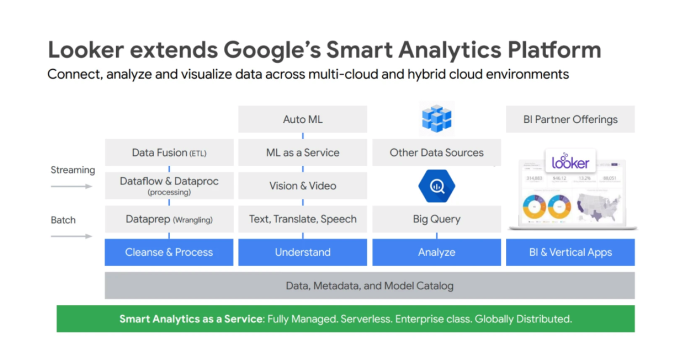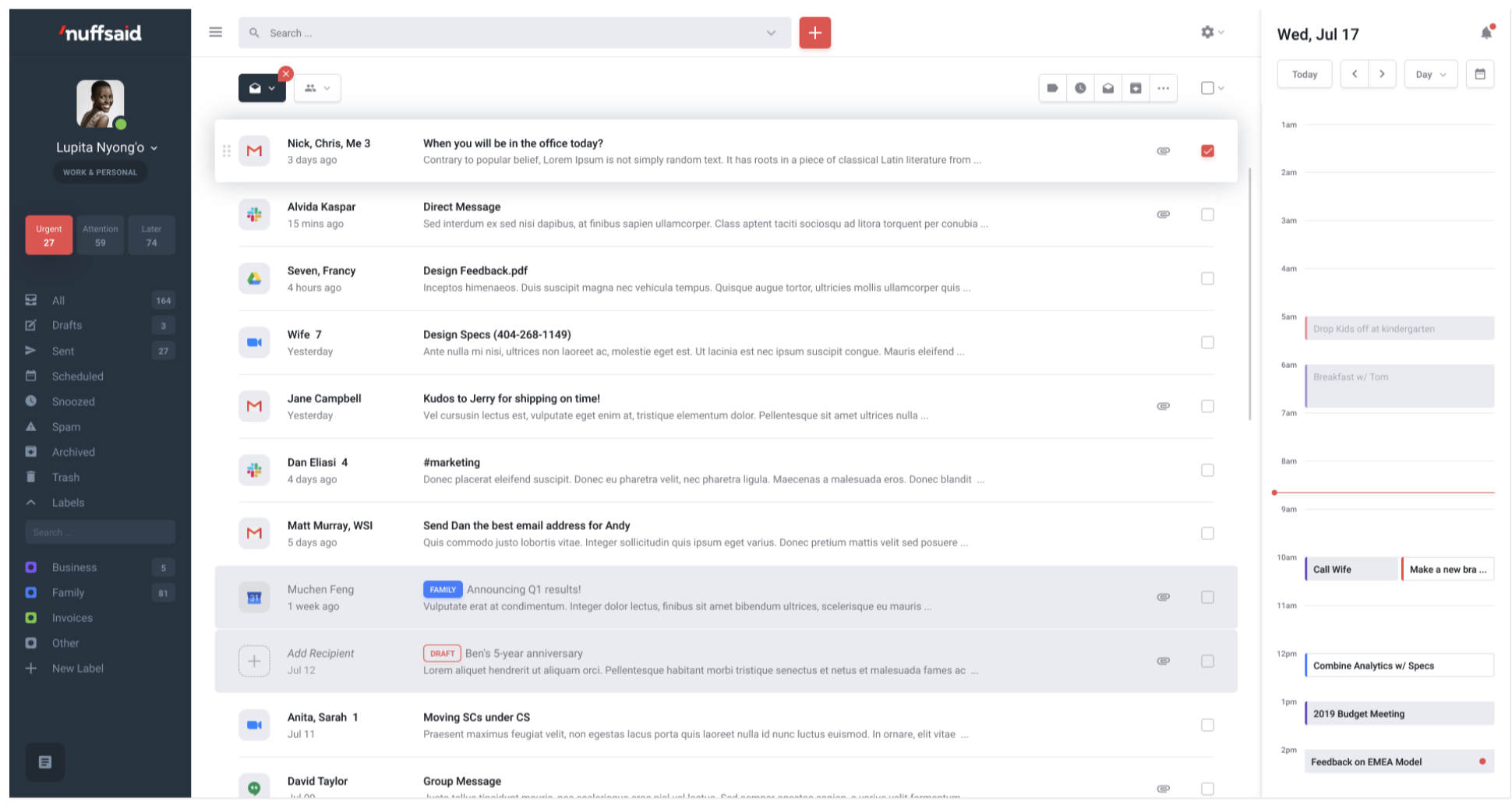Datometry snares $17M Series B to help move data and applications to the cloud
Moving data to the cloud from an on-prem data warehouse like Teradata is a hard problem to solve, especially if you’ve built custom applications that are based on that data. Datometry, a San Francisco startup, has developed a solution to solve that issue, and today it announced a $17 million Series B investment.
WRVI Capital led the round with participation from existing investors including Amarjit Gill, Dell Technologies Capital, Redline Capital and Acorn Pacific. The company has raised a total of $28 million, according to Crunchbase data.
The startup is helping move data and applications — lock, stock and barrel — to the cloud. For starters, it’s focusing on Teradata data warehouses and applications built on top of that because it’s a popular enterprise offering, says Mike Waas CEO and co-founder at the company.
“Pretty much all major enterprises are struggling right now with getting their data into the cloud. At Datometry, we built a software platform that lets them take their existing applications and move them over to new cloud technology as is, and operate with cloud databases without having to change any SQL or APIs,” Waas told TechCrunch.
Today, without Datometry, customers would have to hire expensive systems integrators and take months or years rewriting their applications, but Datometry says it has found a way to move the applications to the cloud, reducing the time to migrate from years to weeks or months, by using virtualization.
The company starts by building a new schema for the cloud platform. It supports all the major players including Amazon, Microsoft and Google. It then runs the applications through a virtual database running the schema and connects the old application with a cloud data warehouse like Amazon Redshift.
Waas sees virtualization as the key here as it enables his customers to run the applications just as they always have on prem, but in a more modern context. “Personally I believe that it’s time for virtualization to disrupt the database stack just the way it has disrupted pretty much everything else in the datacenter,” he said.
From there, they can start developing more modern applications in the cloud, but he says that his company can get them to the cloud faster and cheaper than was possible before, and without disrupting their operations in any major way.
Waas founded the company in 2013 and it took several years to build the solution. This is a hard problem to solve, and he was ahead of the curve in terms of trying to move this type of data. As his solution came online in the last 18 months, it turned out to be good timing as companies were suddenly looking for ways to move data and applications to the cloud.
He says he has been able to build a client base of 40 customers with 30 employees because the cloud service providers are helping with sales and walking them into clients, more than they can handle right now as a small startup.
The plan moving forward is to use some of the money from this round to build a partner network with systems integrators to help with implementation so that they can concentrate on developing the product and supporting other data repositories in the future.
![]()


 A dozen of the vulnerabilities Microsoft patched today are rated “critical,” meaning malware or miscreants could exploit them remotely to gain complete control over an affected system with little to no help from the user.
A dozen of the vulnerabilities Microsoft patched today are rated “critical,” meaning malware or miscreants could exploit them remotely to gain complete control over an affected system with little to no help from the user.

